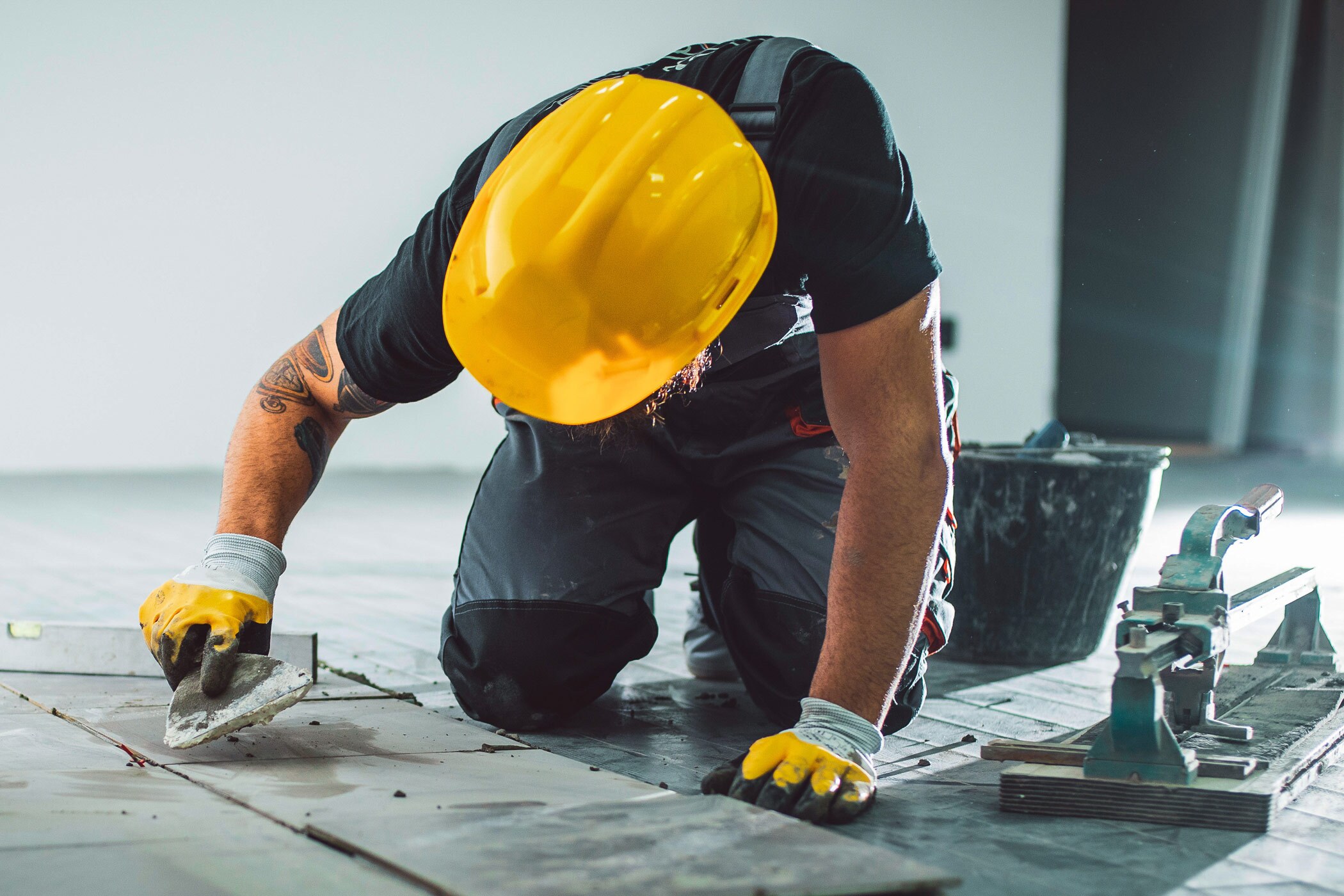For a couple of years after the pandemic rattled the U.S. travel industry and quashed travel plans, hotel brands largely held off on enforcing property improvement plans — or “PIPs” — on property owners so they could save on capital improvements while grappling with lower room occupancy.
Now that travel demand has come back, though, the bill appears to be coming due.
“Everybody played very nicely in the sandbox during COVID, whether it was lenders, brands or investors, because it was nobody’s fault. Those days are over,” said Daniel Lesser, president and CEO of New York-based LW Hospitality Advisors. “The pressure to get any deferred PIPs done will ratchet up as time goes on.”
Indeed, hotel brands are stepping up their demands for PIP compliance as U.S. room demand has reached levels not seen since prior to the pandemic. Such expenses may involve more traditional amenities such as “soft goods” including bedding, carpeting, wall art and window treatment as well as improvements in food-and-beverage operations and banquet facilities.
But hotel owners are also being asked to foot the bill to upgrade their properties’ technology, whether it be faster Wi-Fi capability, new point-of-sale capabilities or touchless check-in.
“Generally, it’s the traditional things like making sure your guestrooms are new and fresh, and updating finishings,” said Steve Schrope, senior director at CBRE. “The technology is always changing, like making sure the guestroom locksets are fully up to date and can support touchless check-in. What’s also on the list now is making sure your Wi-Fi network is robust enough to handle multiple devices per room.”
Pete Sams, chief operating officer at Davidson Hospitality Group, which manages more than 80 hotels across brands such as Marriott, Hilton, Hyatt and Kimpton, said the need for renovations goes beyond just meeting brand requirements.
“We’ve done a good job driving rate over the past few years, but to justify that rate, your products have to stay modern and up to speed,” Sams said. “And if you’re changing your flag, there’s an expectation of elevating your swim lane.”
Fortunately for hotel owners, there appears to be enough business for many hotels to set aside the capital reserves necessary to make such improvements.
In 2023, U.S. revenue per available room rose 4.9% from the prior year, average daily rate increased 4.3% while occupancy rose to 63%, CoStar reported in January. Compared to 2019, U.S. RevPAR is up 13% as the 19% spike in average nightly room rates has more than offset the 3.1-percentage-point drop in occupancy.
Still, with such rising room rates, guests may be a little less forgiving of hotels that have put off their refreshes and instead may look elsewhere to find a fresher lodging experience, Lesser said.
“If you’re getting a room rate but the property needs a hug and a kiss, you’re going to get an erosion of occupancy,” he added. “If you want to make the revenue, you have to put money back into the property.”
How much money the hotel will need to spend per room and how quickly the hotel will make that money back runs the gamut. Lesser estimated that hotels typically try to set aside between 3% and 5% of gross revenue to build up a reserve for capital improvements.
“Build that up over seven years, and there’s a nice chunk of change,” Lesser said. “But [capital expenditures] ends up being 8% to 10% or revenue over a hotel’s economic life. So there’s typically a bucket of money, but an additional check needs to be written.”
For those hotel owners who lack the funds to write that check, there’s the choice of either losing a brand flag or selling the property to an owner with bigger pockets. That said, rising interest rates may be putting a crimp on that process. While interest rates have leveled off and analysts have estimated that the U.S. Federal Reserve may cut interest rates by a percentage point this year, the Federal Funds Effective Rate is currently 5.33%, up from 4.65% a year ago and substantially higher than the 0.2% rate in March 2022.
As interest rates have risen, hotel transactions have fallen.

“What’s probably putting more pressure on owners is interest rates. The cost of borrowing has gone up but, inversely, values go down,” Schrope said. “Owners that were looking at selling a property may not be able to sell at the price they want to, so it puts pressure on them to execute a PIP that they planned on handing off to the new owner.”
As for estimating a return on investment of a PIP, Lesser suggested that it was a fool’s errand. There’s too many variables associated with capital expenditures and predicted room-rate increases to even give an accurate range for a PIP’s return on investment.
“You have to maintain brand standards,” Lesser said. “If the inside of the property looks good but the exterior doesn’t meet brand standards, you’ve got to deal with it.”
